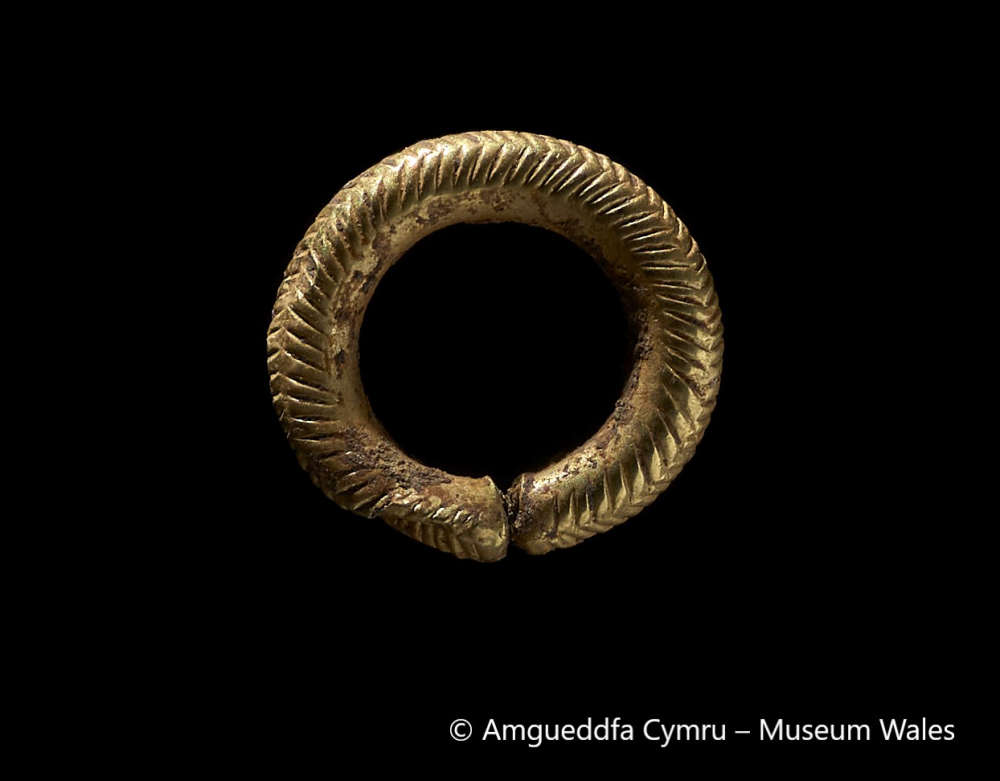
The site contained the largest concentration of grain drying kilns found in Wales or England, with 26 identified, and a variety of pre-Norman conquest Welsh pottery.
Archaeologists working for the Vale of Glamorgan Council unearthed an early medieval cemetery and assembly site with possible links to a Welsh saint during work on the Five Mile Lane Project.
They are two of many discoveries that were made during excavations that took place as part of the project to build a new road connecting Barry with the A48.
The team from Red River Archaeology also found a late Bronze-Age burial monument, which was reused by the people who later lived in the area.
These finds and many more are catalogued in a recently released book titled A Journey Through 6000 Years of History: Archaeological Investigations Along the A4226 Five Mile Lane Improvement Scheme.
Dr Niamh Daly, who worked on the project, said: “I found the archaeological findings from the Five Mile Lane site, which span from the Early-Middle Bronze Age to the Medieval Period, to be particularly fascinating.”
Funded by Welsh Government, the new road opened five years ago, linking Weycock Cross to the Sycamore Cross roundabout.
Excavations took place in 2017 and 2018 and revealed a landscape that had been used in a multitude of ways since humans first settled in the area.
A host of artefacts were found, including a small gold penannular ring, a Roman silver crossbow broach fragments of a burnt wooden comb, pieces of pottery and more.
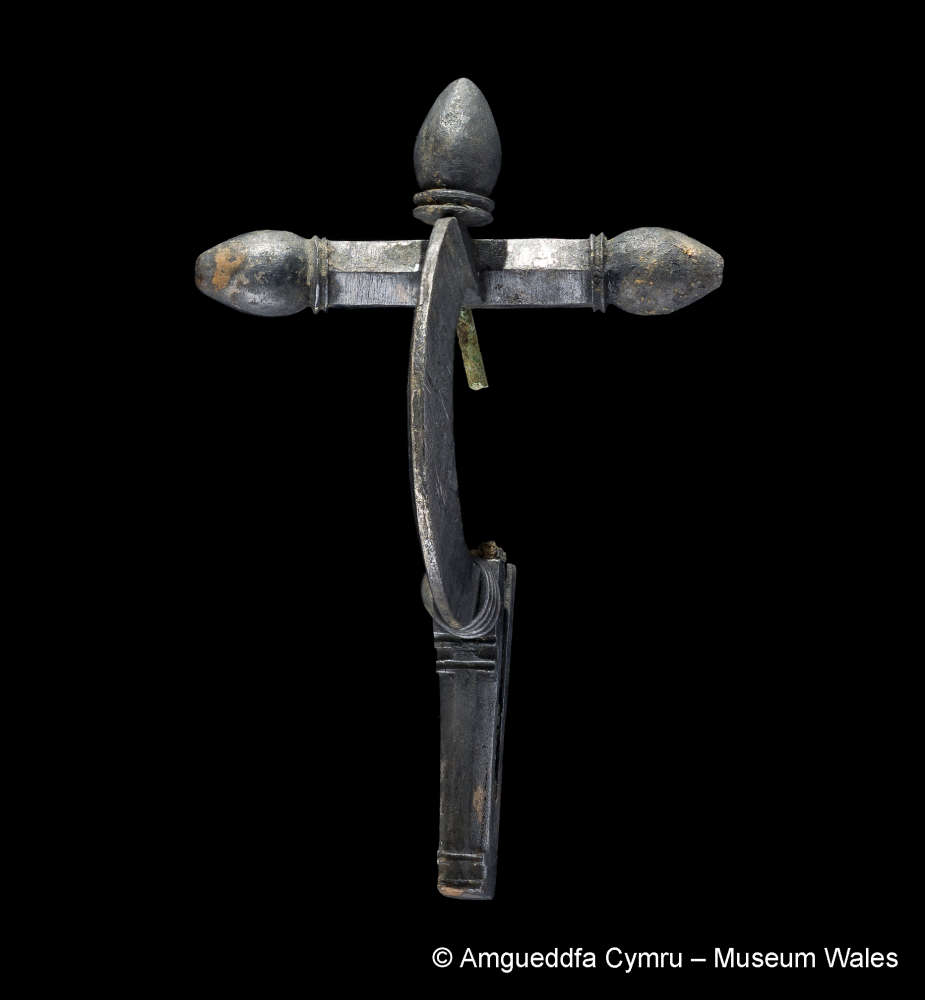
Cllr Mark Wilson, Vale of Glamorgan Council Cabinet Member for Neighbourhood and Building Services, said: “The Five Mile Lane Project saw a busy stretch of highway upgraded to offer a quicker and safer route between Barry and the A48.
“As well as improving the transport experience for the large number of people who use it, this scheme also provided a range of other benefits through the careful archaeological work that took place as part of it.
“There were numerous fascinating discoveries that have taught us more about the history of the area and how it has been used over the centuries.
“This book catalogues the significance of those finds, helping us learn more about a hugely significant part of the Vale.”
Overall, a multi-period landscape was revealed which had been used for ceremonial and funerary purposes in the Neolithic and Bronze-Age periods and for agriculture in the Iron Age.
It was then part of a wealthy Roman farmstead, a medieval cemetery that reused a Bronze-Age burial ground, and finally the agricultural landscape of the present day.
Over 430 individuals from the fifth to 13th century were buried in the cemetery, which originated in the late Bronze-Age period, possibly as early as 410 AD.
Those individuals were of all ages, from infants to the elderly, with four likely born outside of Britain.
The site was a significant feature of the landscape, located at the intersection of key medieval religious routes between Llancarfan, St Lythans and Llandaff.
It contained the largest concentration of grain drying kilns found in Wales or England, with 26 identified, and a variety of pre-Norman conquest Welsh pottery.
Such a close proximity to Llancarfan, which is thought to have been a key site for Monks, might also mean a connection to St Cadoc, who was abbot there around the fifth of sixth century.
A Journey Through 6000 Years of History: Archaeological Investigations Along the A4226 Five Mile Lane Improvements Scheme is edited by David Gilbert, Rachel Morgan-James and Siobhán Sinnott.




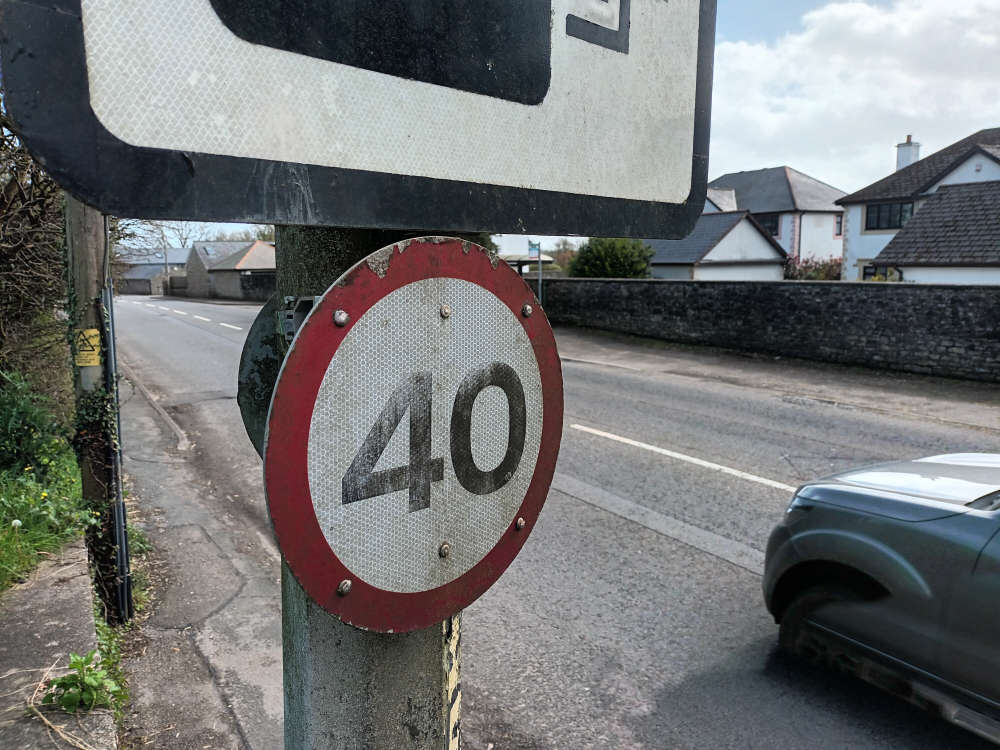 Calls for A48 review after Bonvilston tragedy
Calls for A48 review after Bonvilston tragedy
 Three men killed in A48 collision
Three men killed in A48 collision
 Tourism tax plans move closer
Tourism tax plans move closer
 Solar group-buying scheme comes to the Vale
Solar group-buying scheme comes to the Vale
 Death of A Salesman: "a triumph of storytelling"
Death of A Salesman: "a triumph of storytelling"
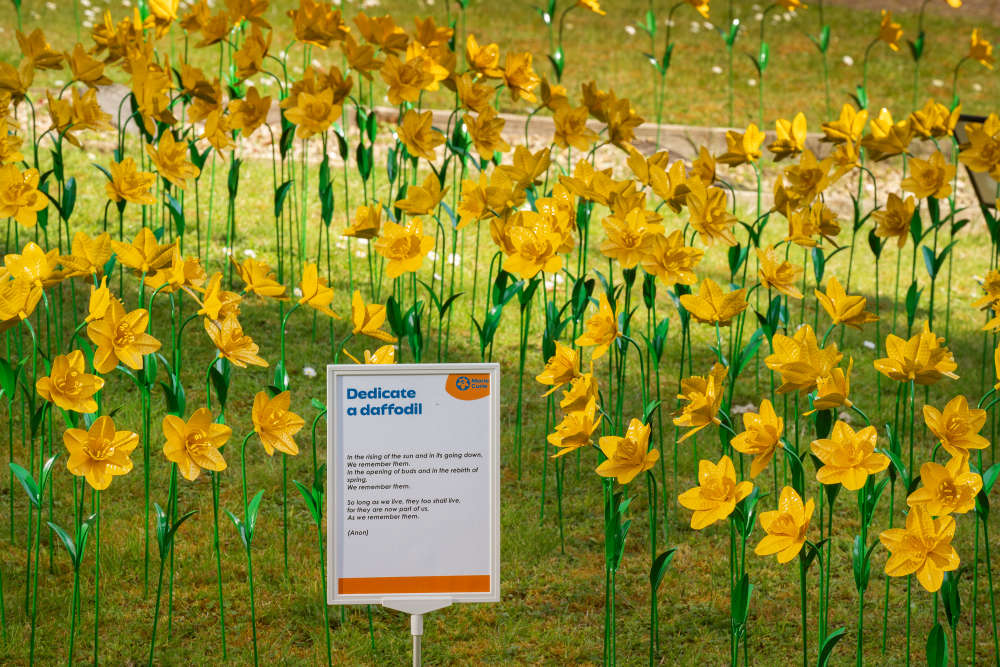 Penarth hospice opens daffodil memory garden
Penarth hospice opens daffodil memory garden
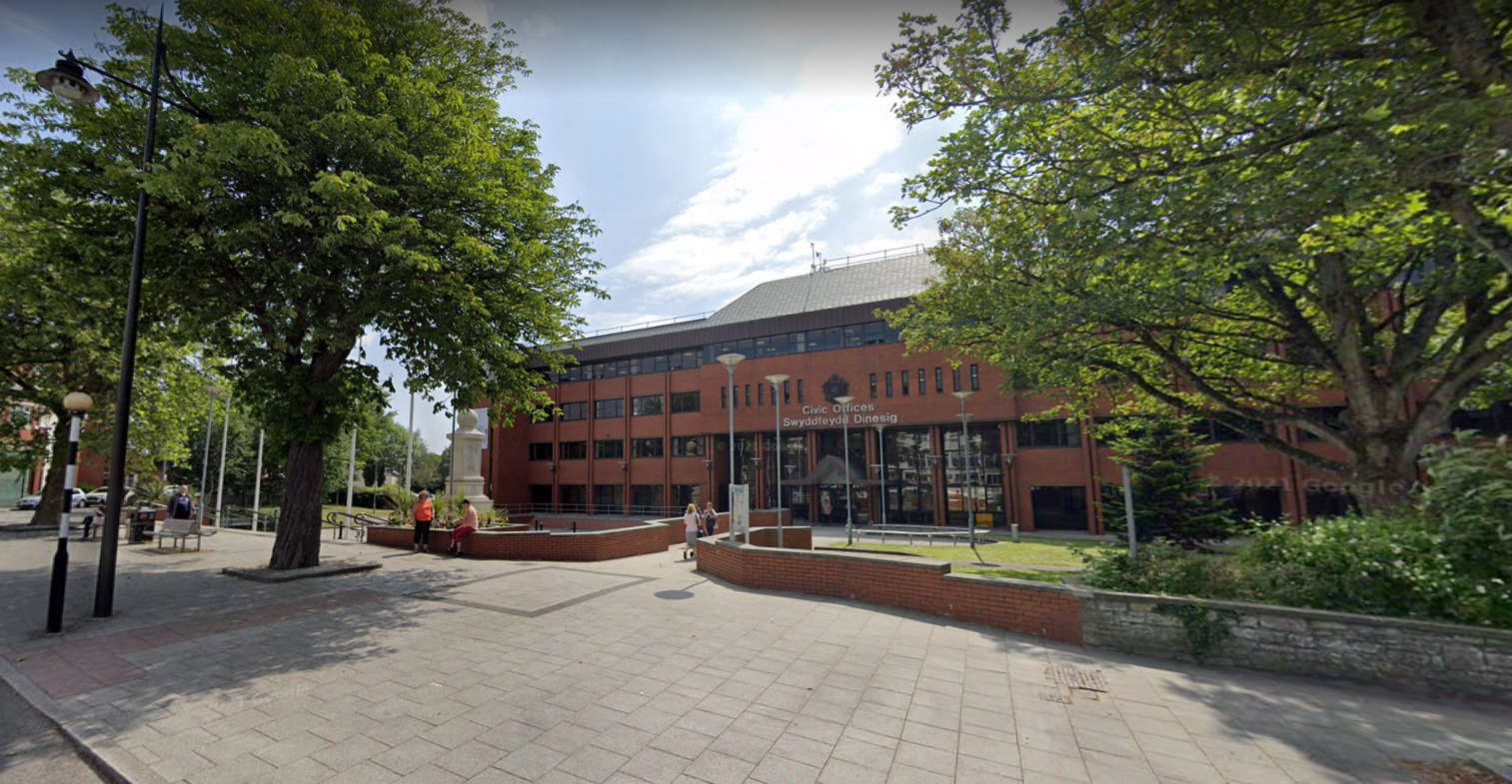 'Vale 2030': council launches corporate plan
'Vale 2030': council launches corporate plan
 Work to start on Cowbridge retirement scheme
Work to start on Cowbridge retirement scheme
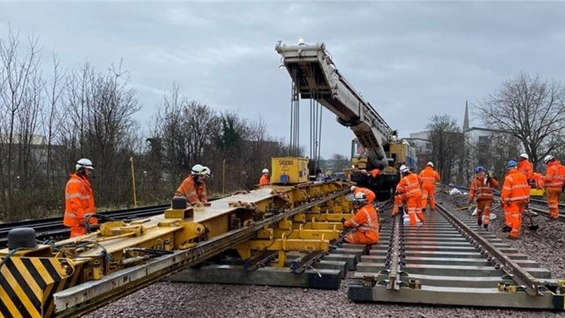 Vale line closes for engineering works
Vale line closes for engineering works
 Freedom of the Vale for RNLI volunteers
Freedom of the Vale for RNLI volunteers
 Senedd moving out of Siambr
Senedd moving out of Siambr
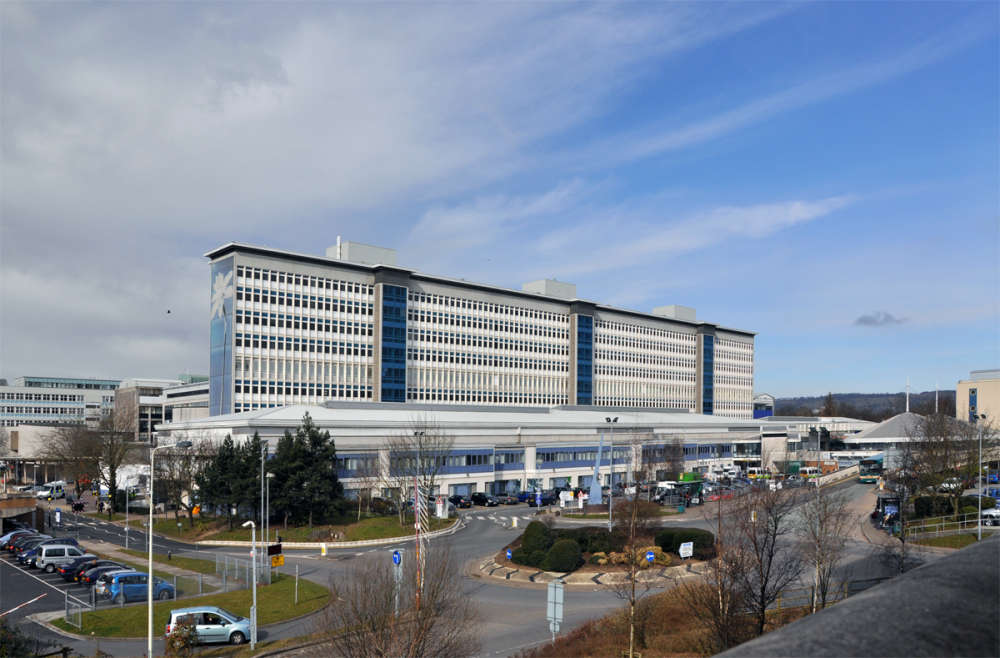 Norovirus: hospital pressure 'exceptional'
Norovirus: hospital pressure 'exceptional'
 Morgan grilled over £4.8bn benefit cuts
Morgan grilled over £4.8bn benefit cuts
 Barry Bike Club to return
Barry Bike Club to return
 St David bravery award for Penarth lifesaver
St David bravery award for Penarth lifesaver
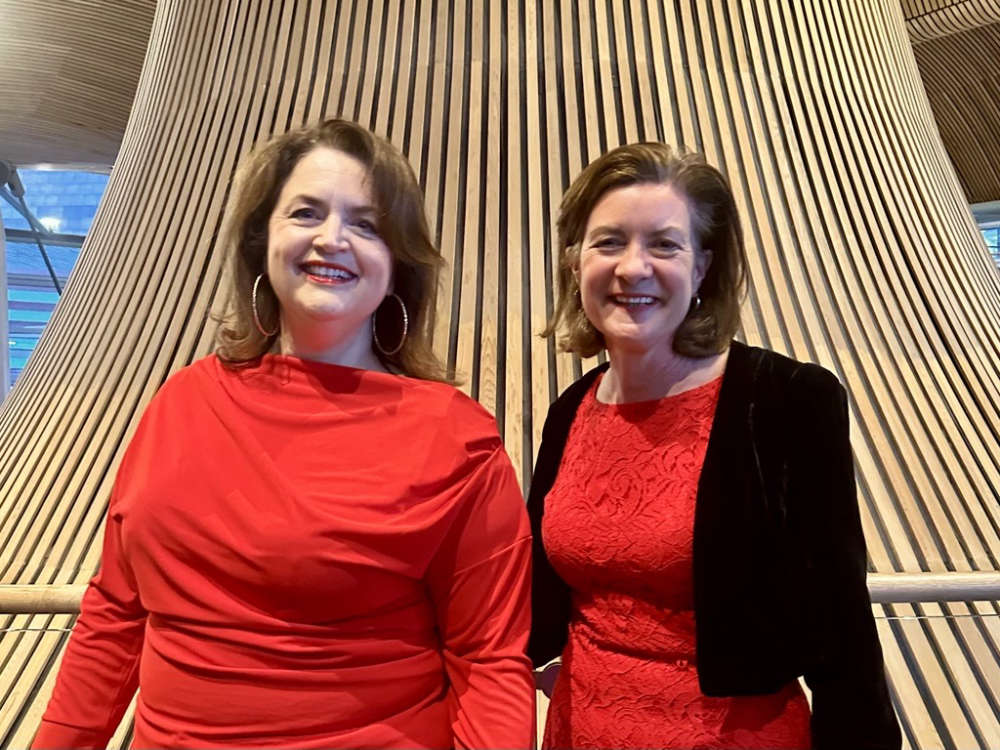 Ruth Jones honoured with St David Award
Ruth Jones honoured with St David Award
 Plans for ‘crumbling’ Senedd offices face scrutiny
Plans for ‘crumbling’ Senedd offices face scrutiny
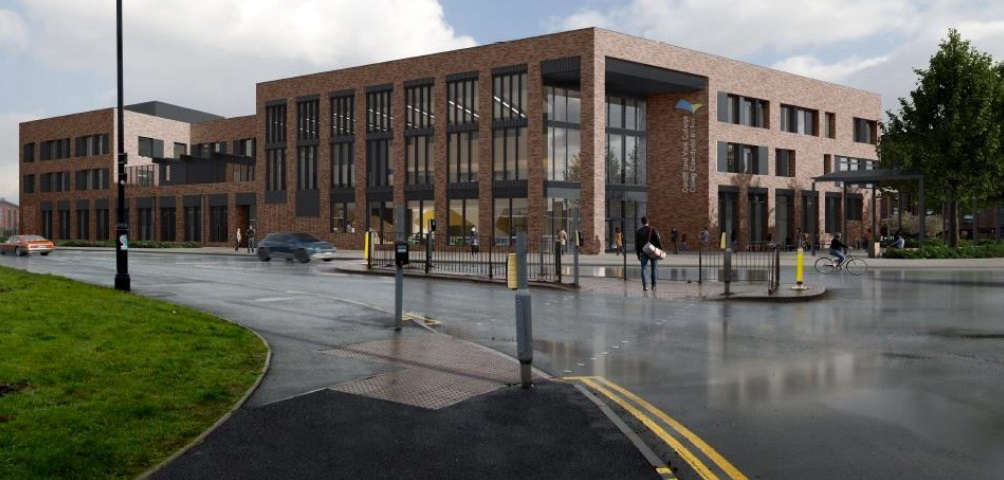 Work to start on new Vale campuses
Work to start on new Vale campuses







